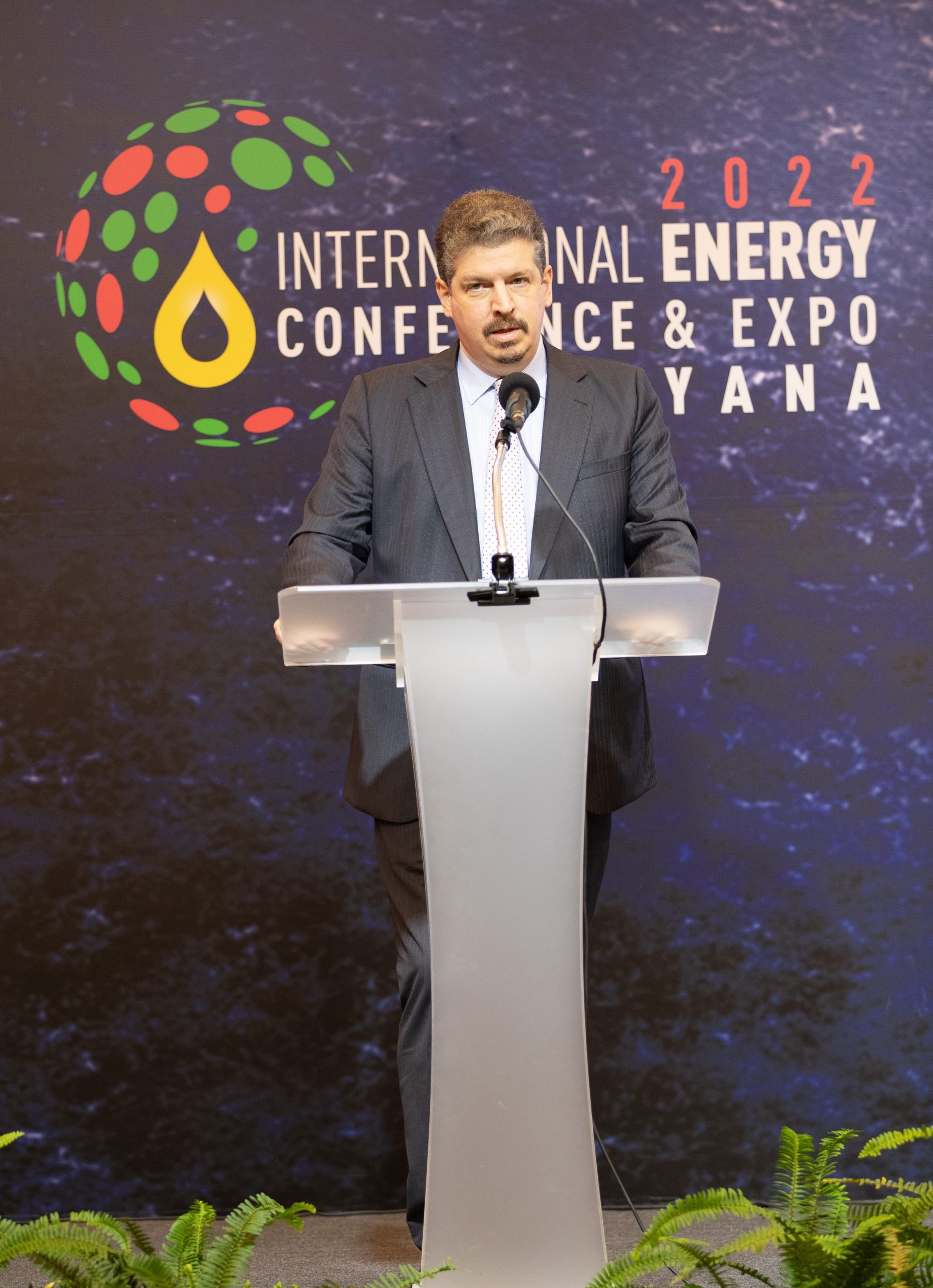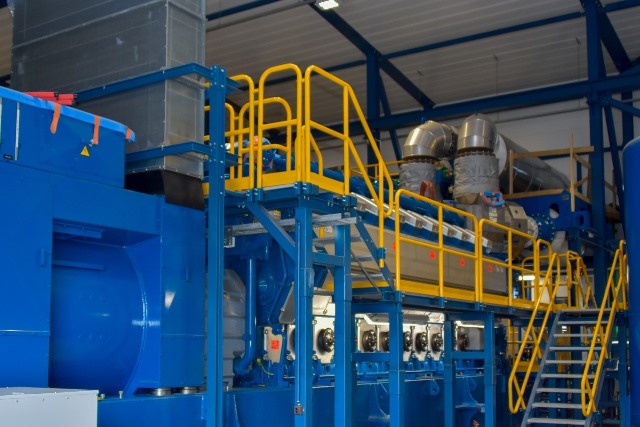By Vishani Ragobeer
Guyana, which is among the world’s newest oil producers, spent about US$150 million (or GY $31 billion) last year on fuel imports used to generate electricity. Using the natural gas produced offshore, however, is seen as key to helping the country reduce these costs.
The fuel import bill was related by the Chief Executive Officer of the Guyana Energy Agency (GEA) Dr. Mahender Sharma during his presentation on Thursday at the International Energy Conference and Expo hosted at the Marriott Hotel in Kingston, Georgetown.
The Demerara-Berbice Interconnected System (DBIS), which is Guyana’s main power supply system and is powered by the Guyana Power and Light (GPL), used nearly 80 per cent of the fuel purchased.
“But greater capacity is needed to cover growing demand, looking at the demand that is created when you retire old and ageing sets and increasing grid reliability,” Dr Sharma said.

And if Guyana continues to rely on importing fossil fuels – like diesel used to power GPL’s power plants – Dr Sharma says that consumers may have to pay more for electricity in a few years’ time.
Additionally, the continued reliance on fossil fuels will generate more of the greenhouse gases that harm the environment, resulting in worsened effects of climate change such as increased flooding.
But, Dr Sharma emphasised that there is a short term goal that can help Guyana solve all of these potential woes; that is, using natural gas.
“In the short term, natural gas will provide the needed firm capacity at a lower generation cost…and it will reduce greenhouse gas emissions,” the Energy Agency Head posited.
Already, the government is working towards the establishment of a US$900 million gas-to-energy project at Wales on the West Bank of Demerara (WBD) that will cut energy costs by 50 per cent.
The natural gas produced at the Liza developments in the Stabroek Block offshore Guyana will serve as the catalyst and transition fuel for Guyana.
And in the recently approved 2022 National Budget, a total of $20.8 billion has been allocated towards starting this gas-to-energy project this year.
Dr Sharma posited that natural gas, coupled with Guyana’s renewable energy efforts- that is, solar, wind and hydropower – will allow the country to generate cheaper, cleaner energy.
At a policy level, the government is looking to meet the challenge of increased electricity demand, not by burning more diesel and heavy oil, but through natural gas and hydropower. This forms part of Guyana’s updated Low Carbon Development Strategy.
Natural gas, Dr Sharma explained, is the “bridging fuel” to the increased use of renewable energy.

The importance of natural gas in Guyana’s energy pursuits was also underscored by John Ingham, the Regional Product Director of GE Power- a power generation company.
“Gas power is really seen today as the key factor in moving that transition (to renewable energy),” Ingham said.
He added, “More and more we see gas as an enabler of bringing in renewable power.”
Based on projections, he said that the world’s use of natural gas will continue to increase at least over the next 30 years as countries see this as a viable means of moving away from harmful fossil fuels and more towards cleaner energy sources.
And he said one of the few ways to speed up the transition to solar and wind energy, in particular, is by using more natural gas.
Natural gas is a fossil fuel but it is considered less harmful to the environment than other fossil fuels like oil and diesel. And Ingham told the gathering that countries should not be wary of using natural gas because it is a fossil fuel- especially since solar and wind energy are not always readily available.
“Gas is a fundamental enabler of renewables and this is the way that we work and move forward,” the Regional Director emphasised.








